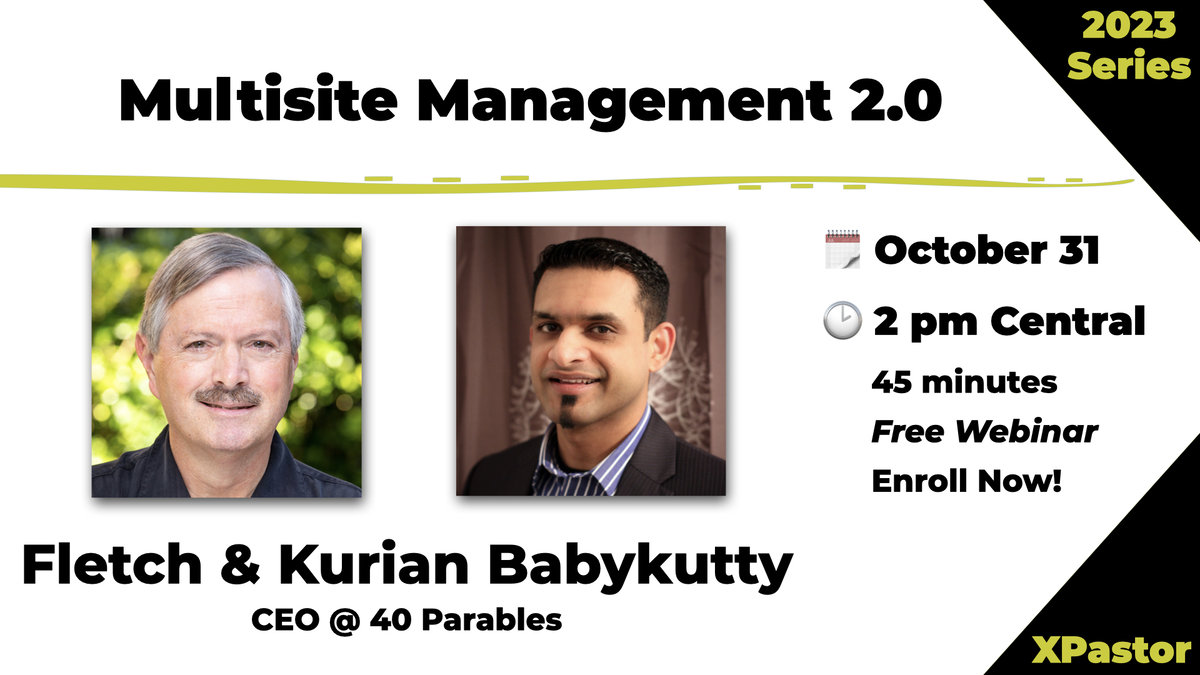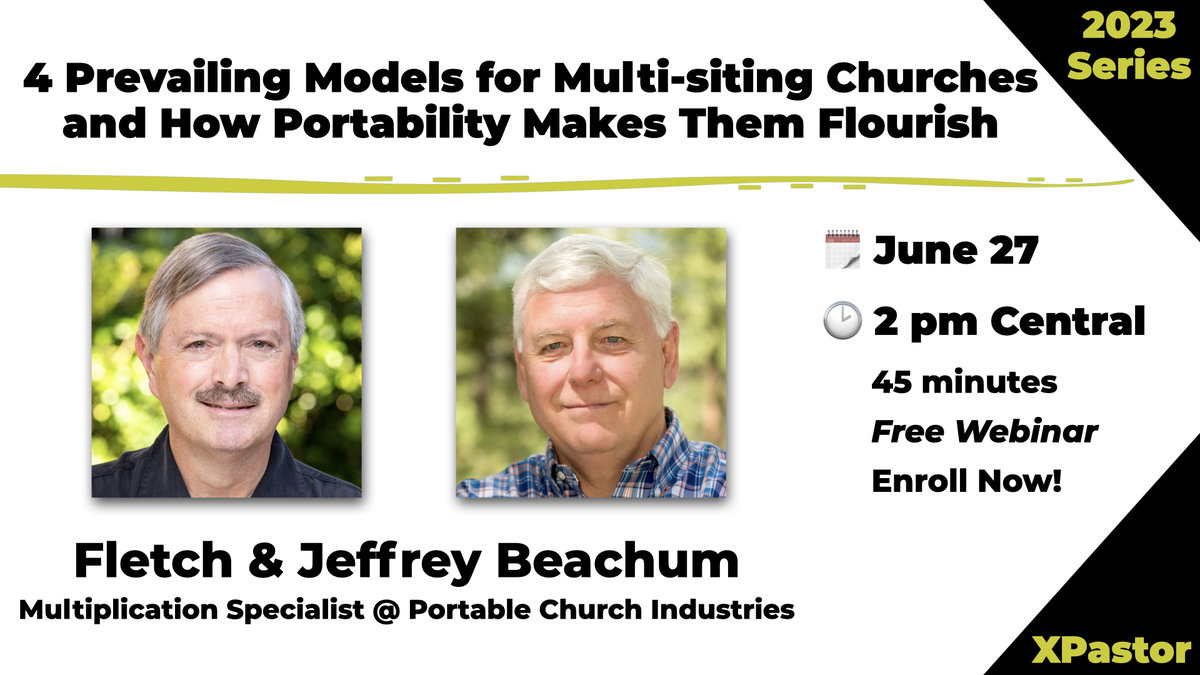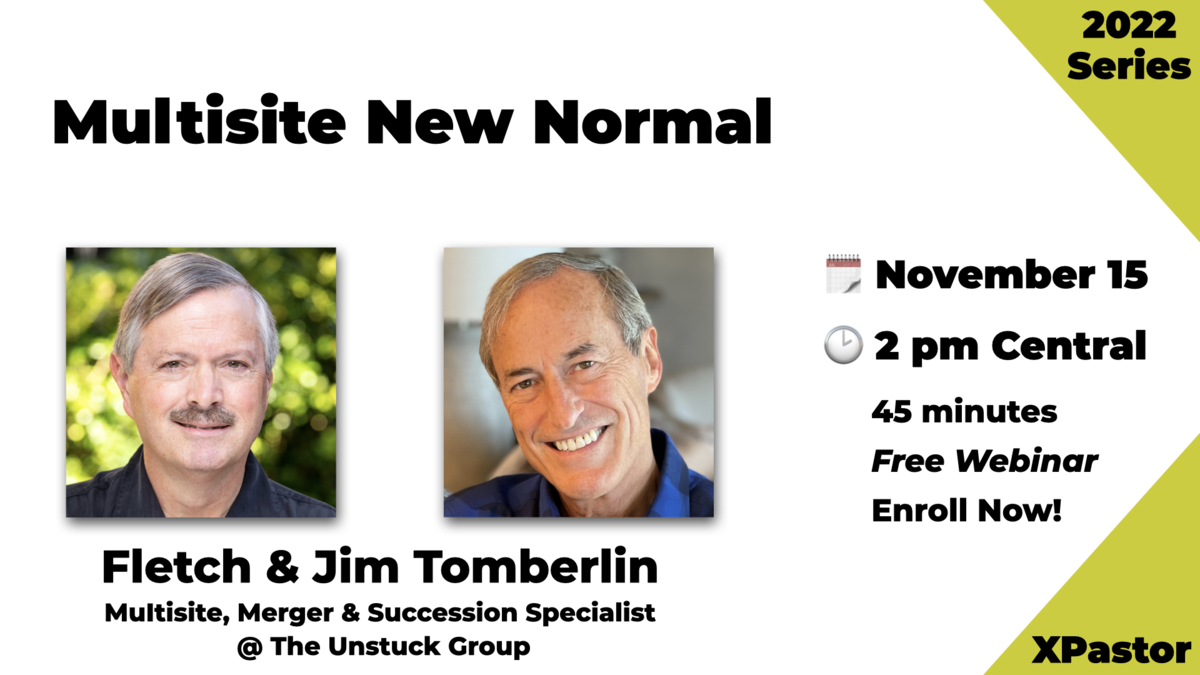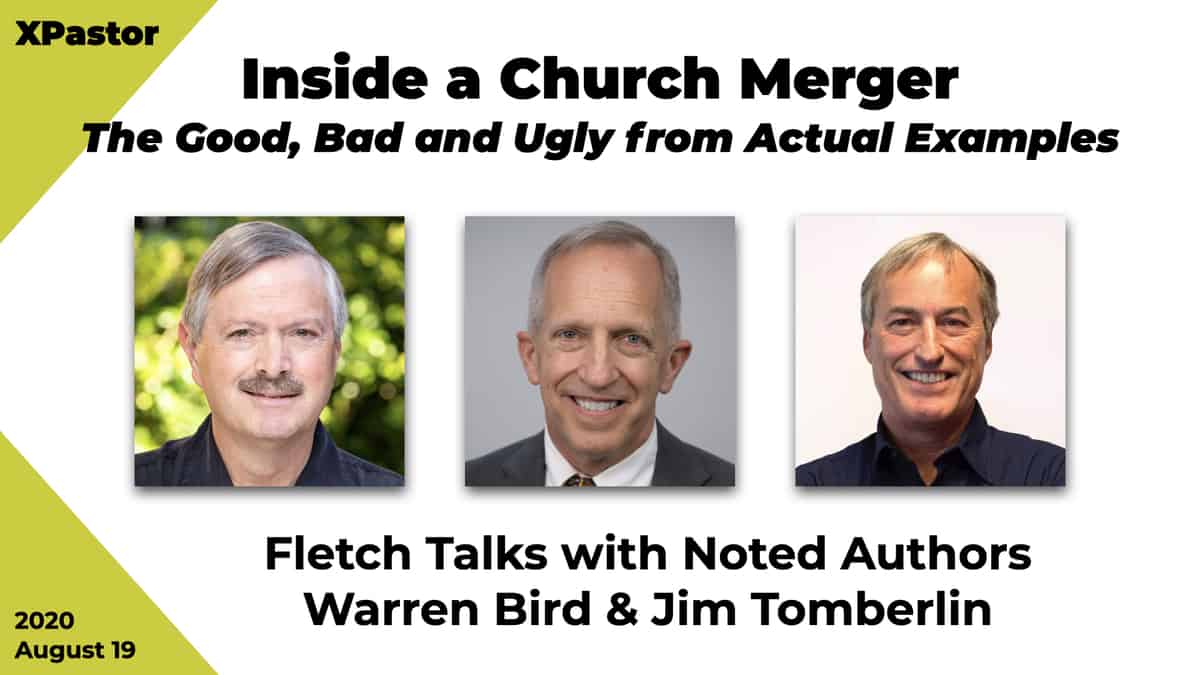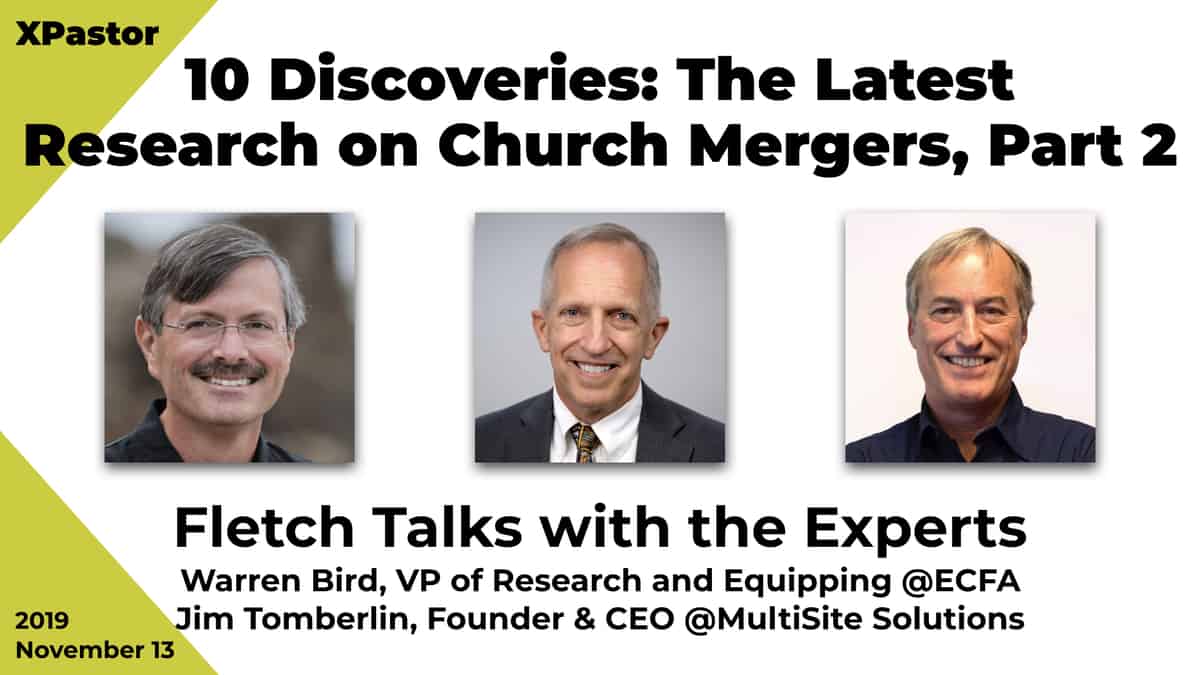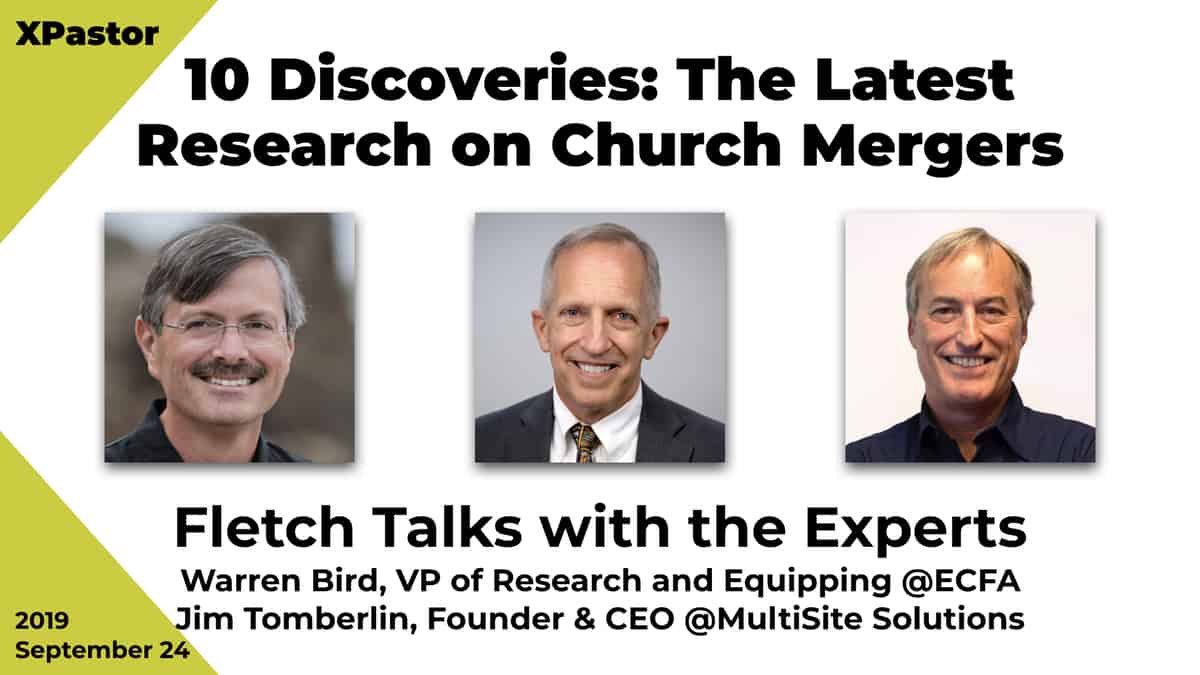On September 13, NewPointe Community Church in Dover, Ohio, embarked on a journey into the realm of multisite or multiple campus church. We decided to launch two additional campuses on the same day, in two very different communities. It was an ambitious goal, to say the least, but God has continually proved faithful. Both campuses are up, running, and doing well. What we didn’t expect was that the day-to-day operations of the campuses—and the subsequent changes multisite ministry would require us to make as an organization—would be the most challenging part of the transition, going from one to three sites. So much energy was put into the launch phase. When that went well, we thought, “This is great!” However, as we got further into the life of the campuses, we realized, “This is still great, but we have some work to do to make them sustainable.” As the key issues we were facing began to crystallize, we decided to embark on a process of seeking wisdom from other multisite churches. Over the course of a month and a half, we surveyed fifteen multisite churches, of all sizes, to see what wisdom we could gain.
We started off by asking each church to describe a little about themselves, their history, style, when they went multisite, and how many multisites they had. There was a wide range of answers, with churches that were traditional and contemporary, young and old, embracing multisite. This reinforced the idea that multisite can be a solution for churches of any type and philosophy. The oldest multisite campus we came across was eight years old (Seacoast). This reinforced to us the “newness” of the movement and the fact that anyone doing multisite is forging new territory each day. Finally, we found the churches surveyed had anywhere from two to thirteen multisite campuses.
After getting that background information on each of the churches, we then went through a series of questions about some common multisite issues we can face as a church. For the sake of brevity, I will address a few of the key issues we ran across in the process of our interviews. One thing to remember, that we saw over and over again in our conversations, is that there is a very defined spectrum of philosophies when it comes to multisite. On one side there is the traditional church planting/church mothering model, characterized by complete local site control and only a loose affiliation with the parent church. On the other side is the model where there is complete central control of all campuses—for lack of a better term, we have called it the “franchise model.” In between those two ends of the spectrum, there are churches at varying points; the answers to our questions below represent the most common ways of operation at multisites—but don’t necessarily represent the only way to do things.
Live Preaching vs. Week Delay Video vs. Same Week Video
The vast majority of the churches we surveyed used a week-delay video for sermon delivery. The advantages of this system are many. First, same week video is great—and all the week-delay churches said they wished they could do it—but it comes at a huge financial and staff cost. Fiber optic lines for a simulcast system aren’t cheap; even if you have a Saturday night service that you can tape for Sunday, someone has to stay up late, rendering video and getting that out to the campuses. Not impossible, but for those looking to do multisite without breaking the bank, week-delay is a good option. Live preaching also comes at a cost; you must supply staff or at least provide highly qualified speakers to each campus each week. We found live preaching tended to be the realm more of churches that were on the church planting/mothering side of the multisite spectrum.
Rent vs. Buy
A big question for every multisite is whether to rent or buy facilities. In the beginning of its life, nearly every multisite church chooses to rent a facility. It’s easier and cheaper and lets you get a foothold in the community. Schools are the most common place for multisites to get started and, in most cases, work excellently—at least in the beginning. As the site gets further established, however, the question always arises, “Are we going to be portable forever?” Some churches make the decision to remain portable as a philosophical choice; in some communities that can work great. In most communities, though, we have found that multisites face a trust barrier with the community as long as they remain in a rented facility. By investing in a permanent facility, the campus communicates to the entire community that they are there to stay and that it’s okay to give them a try. One interesting nugget we found, in at least four of the churches we surveyed, is that when churches built or long-term leased a permanent facility for a multisite campus, attendance doubled almost overnight!
Campus Pastor Job Description
Interestingly enough, one of the hardest things to nail down for multisite churches has been the job description of the Campus Pastor. Everyone agrees that a passionate and qualified person in that role is essential; however, because this is such a new model, exactly what they do is often up for discussion. The broadest, most useful definition we ran across is that the site pastor does everything that a typical Lead Pastor would, except for sermon preparation and delivery. This would include tasks like:
- Developing and leading ministry teams
- Campus logistics and planning
- Day-to-day campus operations
- Campus care ministry
But an added element of difficulty can happen; while the Campus Pastor has local authority, he or she still must report back to someone, so they are not the “final” decision-makers. That brings us to the next topic.
Reporting Structure
How do you maintain accountability and vision when you have multiple locations? A clear and effective reporting structure is the key. Many churches have gone the route of having all campus staff, volunteer and paid, be direct reports to the Campus Pastor. The Campus Pastor then reports to a high level director or pastor at the central location, or even a directional leadership team. Each staff person also has a dotted line relationship of influence with his or her counterpart on the central or original campus team. A smaller number of churches use a very similar system except that they flip the dotted line and solid line relationships. In this model, the Campus Pastor still has local authority and is still responsible for what happens on a Sunday morning, but the staff have a much more direct line of report to the central staff. This system was more common in churches on the franchise end of the multisite spectrum as it allows for a more fluid and consistent transfer of DNA.
Random Nuggets
Below is some random information that came out in our talks with other multisite churches that we found to be really interesting:
Launch percentage
Launch day at a campus is always a big event. Most often there is a huge crowd—which is great—but sets up for high expectations. The reality is that week-to-week attendance usually settles in much lower than the launch day attendance. But what is a good percentage? Some churches quoted as low as thirty percent but it seemed that a solid, healthy rate was fifty percent. So, if you are able to hang on to fifty percent or more of your launch day attendance at a campus, you are doing really well.
Cost
How much does it cost to launch a campus? It can range from $75,000 to $250,000, depending on your level of investment. You can do a bare bones set up for less; this range includes the typical portable video campus setup and all auxiliary ministries—but does not include a building.
Language is important
Main campus, home campus, or the mothership? Which is the preferred term? Most multisite churches have realized the value of language as they transitioned to multisite. Saying things like “main campus” sends a subtle message that the satellite campuses are somehow less important. Terms like “original campus” or campuses designated by the city location seem to be the best way to solve this problem.
No matter where you fall on the multisite spectrum, one thing is certain: Multisite is an incredible breakthrough in how we do church and how we reach people with the message of Christ. If you are considering going multisite, I encourage you to call other multisite churches and ask lots of questions. Everyone we spoke with was eager to help. Of course, we here at NewPointe would love to share anything we have learned along our journey as well. You can check us out at www.newpointe.org.
Here’s a partial list of churches surveyed:
- Ginhamsburg Methodist—Cincinnati/Dayton, Ohio
- Life Spring Church—Cincinnati, Ohio
- Crossroads—Cincinnati, Ohio
- NorthBridge—PA-NPSP
- Connexus—Ontario-NPSP
- NorthRidge—Michigan
- LCBC—Lancaster, Pennsylvania
- Seacoast Church—South Carolina
- The Oaks Fellowship—Texas
- RiverTree Christian Church—Massillon, Ohio
- Canton Baptist—Canton, Ohio
- The Chapel—Akron, Ohio
- Granger Community Church—Granger, Indiana
- Cedarcreek—Toledo, Ohio



